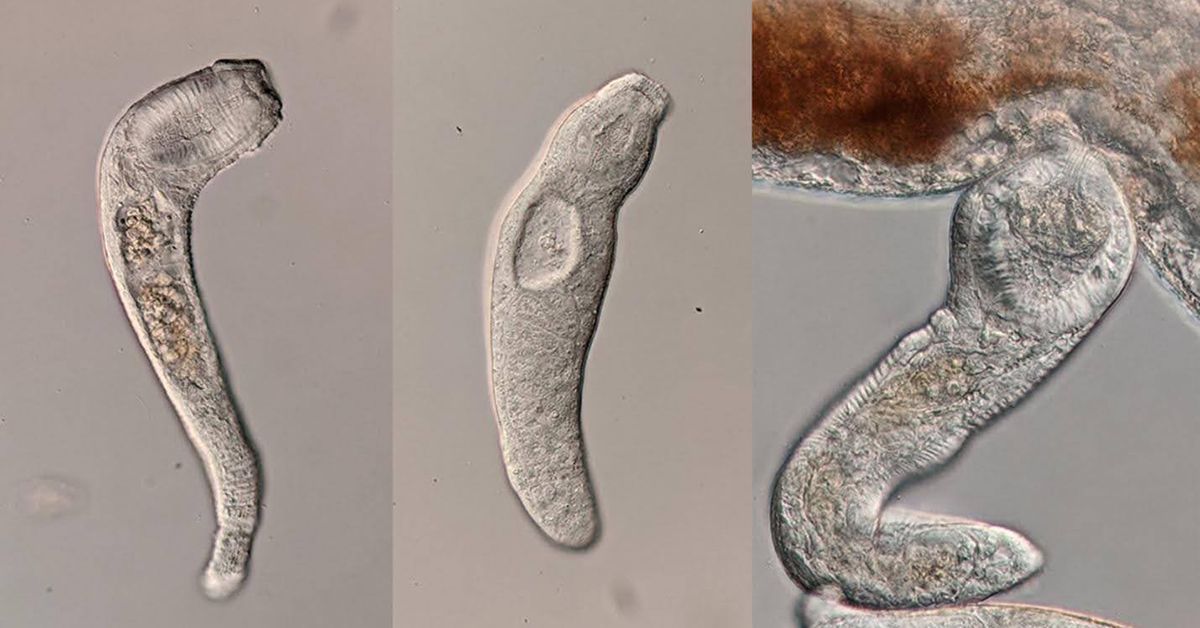2024-07-29 バージニア工科大学(VirginiaTech)
<関連情報>
- https://news.vt.edu/articles/2024/07/CM-brownsnake-research.html
- https://onlinelibrary.wiley.com/doi/10.1002/ece3.11598
ゲイプ制限のある侵略的捕食者は、飲み込むには大きすぎる鳥類の獲物を頻繁に殺す Gape-limited invasive predator frequently kills avian prey that are too large to swallow
Martin Kastner, Scott M. Goetz, Kayla M. Baker, Shane R. Siers, Eben H. Paxton, Melia G. Nafus, Haldre S. Rogers
Ecology and Evolution Published: 25 July 2024
DOI:https://doi.org/10.1002/ece3.11598

Abstract
Gape-limited predators (e.g., snakes, many fish) are not generally expected to pose a predation threat to prey that are too large for them to swallow. However, the extent to which snakes predate on prey that exceed their gape limitation remains largely unknown. We conducted the first study to investigate the influence of both prey and predator sizes on the frequency of ingestion success by snakes in a natural system. We combined survival monitoring of an avian prey species (Aplonis opaca) via radio-telemetry with a survey of the size distribution of their major predator (Boiga irregularis) on Guam. This allowed us to assess (1) the frequency of unsuccessful ingestion by the predator, (2) whether the size of the prey predicts ingestion success, (3) whether the size of the predator predicts ingestion success, and (4) the relationship between prey and predator sizes in successful ingestion attempts. We found that nearly half (47.95%) of ingestion attempts by snakes on fledgling birds were unsuccessful, and no instances where unsuccessful ingestion caused the mortality of the snake. Attempts to consume smaller fledglings were as likely to be unsuccessful as attempts to swallow larger fledglings. However, snakes that successfully ingested fledglings were among the largest snakes in the population, and larger than average conspecifics attracted to endothermic prey. The smallest snakes that successfully ingested fledglings attained remarkably high relative prey mass values for their species, consuming prey weighing up to 79.9% of their own mass. Our study indicates that B. irregularis routinely predate prey that are too large for them to successfully ingest, which causes mortality to the prey but poses little risk to the predator. The potential reward for snakes in consuming oversized prey may outweigh the inherent risks, while instances of predation that do not result in consumption may have considerable impacts on prey populations.


